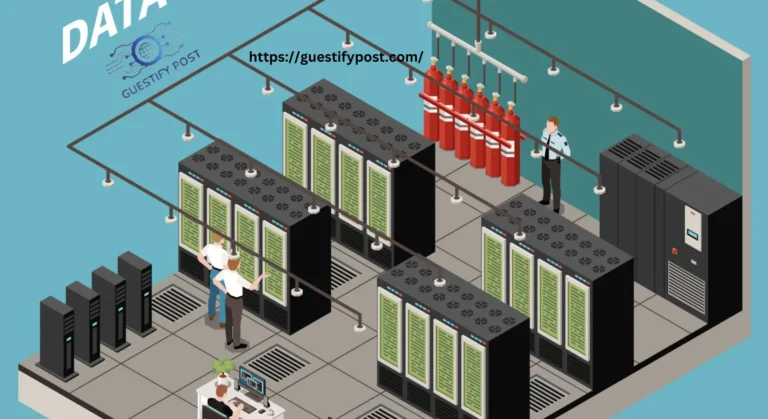Pioneering Computer NYT Crossword and Its Puzzle Revolution
Pioneering computer Crossword puzzles, those delightful brain twisters synonymous with relaxed Sunday afternoons and a cup of coffee, have found a new ally in the empire of technology.
The New York Times, a long-time outwork of these word challenges, has witnessed a significant evolution with the advent of the pioneering computer NYT crossword. This innovative word puzzle absolutely flawlessly marries traditional crossword expertise with cutting-edge computing, reshaping the landscape for crossword addicts.
Understanding the Groundbreaking of Pioneering Computer NYT Crossword
The pioneering computer NYT crossword represents a comprehensive fusion of classic puzzle-solving and state-of-the-art technology. This creative initiative tackles computer algorithms to both create and solve crossword puzzles. But how did this pioneering idea come to life?
Let’s travel back to the early 1990s when Will Shortz, the iconic crossword editor of NYT, oversaw crossword constructors integrating computers into puzzle design. They set about using software tools to populate grids with words and put together corresponding marks, marking the foundation of computer-assisted crossword creation.
However, the full potential of computers and artificial intelligence in revolutionizing crossword puzzle creation and solving was only recently realized. This process involves employing machine learning algorithms to generate clues and aid solvers in finding the correct answers.
Solving the Pioneering Computer NYT Crossword: A Methodological Dive
Before diving into the world of solving computer-generated NYT crosswords, it’s crucial to grasp the methodology. The solution to each puzzle arises from a sophisticated algorithm mirroring the human constructor’s thought process, enabling a computer to both generate and solve these engaging puzzles.
Analyzing the Grid
Much like traditional crosswords, the pioneering computer NYT crossword adheres to a symmetrical grid format. The algorithm considers the grid’s size, symmetry, and any predetermined themes. It then populates the grid’s black squares according to NYT’s crossword guidelines.
Generating Words
Once the grid’s structure is finalized, the algorithm progresses to the word-filling stage. It selects words from an extensive database, ensuring they fit into the grid and align with the overall theme.
Crafting Clues
The final and most challenging stage involves crafting clues. The algorithm scours the database for potential clues, referencing past NYT puzzles for tone and complexity. Striking a balance between challenge and solvability, the algorithm fine-tunes the clues.
How to Tackle the Pioneering Computer NYT Crossword
Solving the pioneering computer NYT crossword employs strategies similar to traditional crosswords, with some additional tips:
1. Start with Simple Clues:
Begin with clues that appear straightforward to gain a head start and provide intersections for more challenging clues.
2. Leverage Cross-References:
If two clues are interconnected, solving one can help unravel the other.
3. Recognize Word Patterns:
Crossword constructors, including computer algorithms, often favor specific word patterns. Identifying these patterns can provide a significant advantage.
4. Use Online Tools:
The advent of computer-assisted crosswords has led to the development of online tools that can validate answers and offer hints for challenging clues.
5. Embrace Mistakes:
Making mistakes is part of the learning process. The ‘check’ function can validate guesses, assisting in correcting errors.
Following these steps can explain the answers:
– Identify and solve the simplest clues.
– Fill in the blanks with your answers.
– Use solved answers to uncover more complex clues.
– Utilize online tools, if necessary, for validation or hints.
– Continue until the entire grid is completed.
NYT Crossword Clues and Answers
To provide a taste of the crossword world, here are some clues and their corresponding answers:
| Clue | Answer |
| Computer language used in SpaceX and NASA | ADA |
| Programming pioneer Lovelace | ADA |
| Pioneering computing machine, ___-AC | ENIAC |
The highest point: A Puzzle Revolution
The pioneering computer NYT crossword marks an example shift in the puzzle landscape, illustrating how technology can breathe new life into traditional forms of entertainment. As we embrace this fusion of recollection and innovation, it’s evident that the future of crosswords will bloom on the synergy of human imagination and machine intelligence.
Conclusion,
The pioneering computer NYT crossword stands as a proof to how technology can enhance even the most traditional forms of entertainment. The combination of traditional crossword knowledge with modern computing has created an interesting new frontier in the world of puzzles, marking an interesting chapter in the history of The New York Times crossword.






